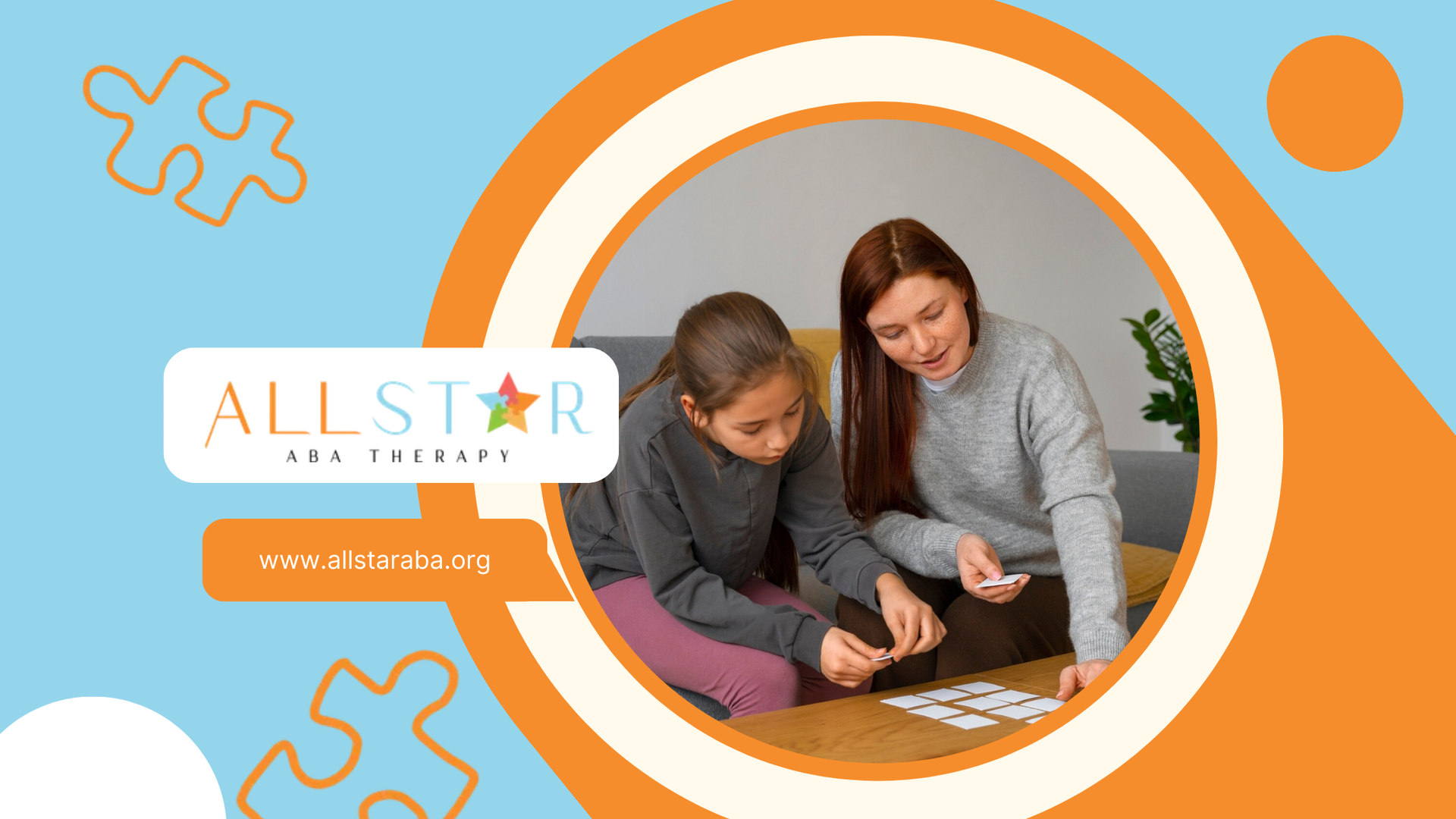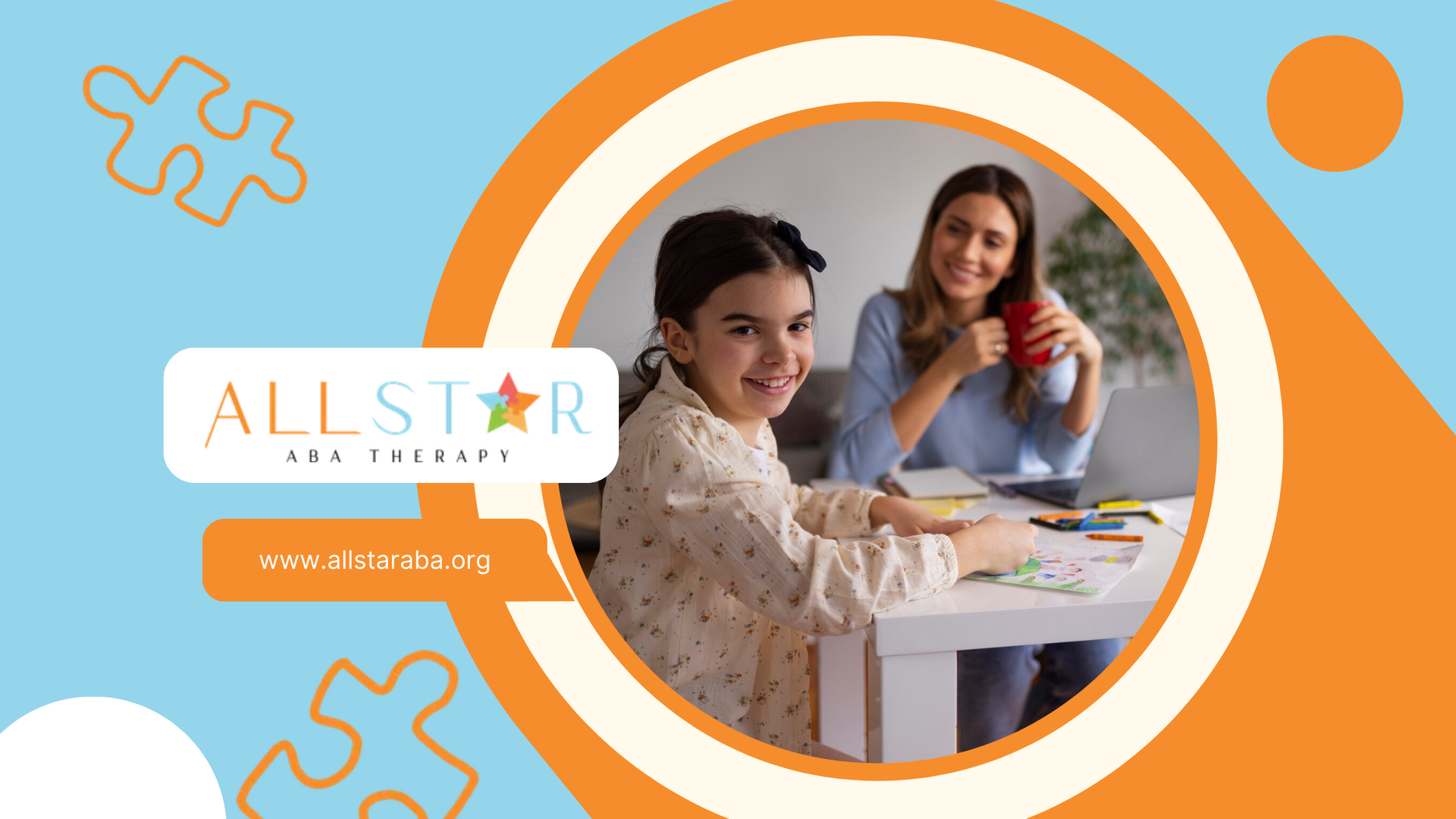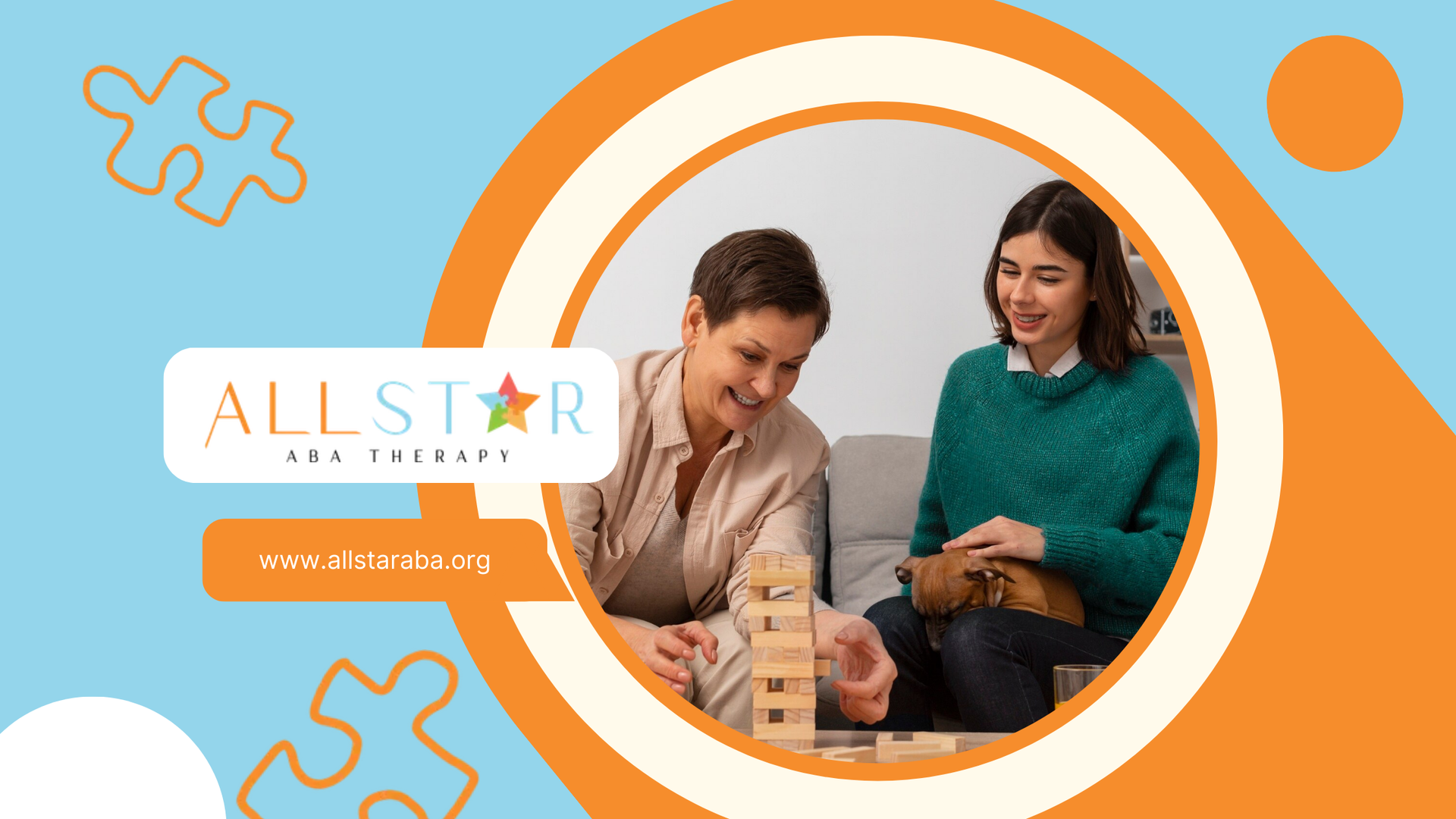New Paragraph
Understanding Autism and Bipolar: Symptoms and Support
Autism and Bipolar Disorder: The Connection
When it comes to neurodevelopmental and mental health conditions, few are as complex and often misunderstood as autism and bipolar disorder. While they are distinct diagnoses, they can sometimes appear together in the same individual, creating challenges in diagnosis, treatment, and daily life.
In this blog post, we’ll explore the key differences and similarities between autism and bipolar disorder, how co-occurrence affects individuals and families, and what treatment and support options are available.
What Is Autism?
Autism, also known as Autism Spectrum Disorder (ASD), is a developmental condition that affects how people communicate, interact, and process information. Because autism is a spectrum, it can vary widely in terms of symptoms and severity.
Common Characteristics of Autism:
- Difficulty with verbal and nonverbal communication
- Challenges in social interactions
- Restricted or repetitive behaviors and interests
- Sensory sensitivities (e.g., to sounds, lights, textures)
- Strong preference for routines and predictability
- Variability in cognitive abilities (some have intellectual disabilities, while others are gifted)
Autism is usually diagnosed in early childhood, though some individuals may not receive a diagnosis until adolescence or adulthood.
What Is Bipolar Disorder?
Bipolar disorder is a mental health condition characterized by extreme shifts in mood, energy, and activity levels. These shifts go beyond typical mood changes and include episodes of mania (elevated or irritable mood) and depression (low mood and energy).
Key Symptoms of Bipolar Disorder:
Manic Episodes:
- Elevated or irritable mood
- Increased energy and activity
- Racing thoughts and rapid speech
- Risky behavior or poor judgment
- Decreased need for sleep
Depressive Episodes:
- Persistent sadness or hopelessness
- Low energy and fatigue
- Loss of interest in usual activities
- Difficulty concentrating
- Changes in appetite or sleep patterns
There are several types of bipolar disorder (such as Bipolar I, Bipolar II, and Cyclothymic Disorder), and diagnosis typically occurs during adolescence or adulthood.
Can Autism and Bipolar Co-Occur?
Yes, autism and bipolar disorder can co-occur, although it's relatively rare and often difficult to diagnose accurately. Some studies suggest that around 7% of individuals with autism may also have bipolar disorder, though estimates vary depending on the population studied and diagnostic criteria used.
Why Diagnosing Both Can Be Difficult:
- Overlapping symptoms, such as social withdrawal or repetitive behaviors, can mask mood shifts.
- Communication challenges in autistic individuals can make it hard to describe internal experiences like sadness or racing thoughts.
- Mood instability in autism can sometimes be mistaken for bipolar, or vice versa.
This makes it critical to work with clinicians who have experience in dual diagnosis and understand both conditions in depth.
Similarities Between Autism and Bipolar Disorder
Although autism and bipolar are fundamentally different in cause and treatment, they can share some outward signs. This can make it hard for parents and caregivers to distinguish between them, especially during high-stress periods or developmental changes.
Overlapping Features:
| Symptom/Behavior | Possible in Autism | Possible in Bipolar |
|---|---|---|
| Mood swings | Sometimes | Frequently |
| Sleep disturbances | Common | Common |
| Irritability or agitation | Yes | Yes |
| Social withdrawal | Often | During depressive phase |
| Repetitive behaviors | Core symptom | Rare or stress-related |
| Hyperactivity or impulsivity | Can occur | Common during mania |
| Difficulty with transitions | Very common | Sometimes |
While the behaviors may appear similar, the underlying causes are different. In autism, changes in routine or sensory overwhelm can lead to emotional dysregulation. In bipolar disorder, shifts in brain chemistry lead to mood extremes that are not always triggered by external factors.
Differences Between Autism and Bipolar Disorder
Understanding the core differences between these conditions is key to recognizing when someone may be dealing with one, the other, or both.
Core Differences:
| Aspect | Autism Spectrum Disorder | Bipolar Disorder |
|---|---|---|
| Onset | Early childhood (before age 3) | Late adolescence or early adulthood |
| Duration | Lifelong developmental condition | Chronic, with episodic mood shifts |
| Symptoms | Communication, social, sensory, and behavior-related | Mood-related (mania and depression) |
| Cause | Neurodevelopmental | Neurological/chemical imbalance |
| Response to triggers | Strong reactions to routine or sensory change | Mood swings may occur without external trigger |
When both conditions exist together, it’s important to treat each separately but in coordination. A child with autism and bipolar disorder will need a treatment plan that addresses both behavioral needs and mood regulation.
Diagnosing Autism and Bipolar Together
Because symptoms overlap and interact in complex ways, diagnosing co-occurring autism and bipolar disorder requires a thorough and often multidisciplinary approach. Professionals involved may include:
- Psychiatrists
- Psychologists
- Behavior analysts
- Pediatricians
- Speech-language pathologists
- Occupational therapists
A comprehensive diagnostic process may include:
- Interviews with parents or caregivers
- Developmental history
- Observations across different settings
- Psychological testing
- Mood tracking over time
It’s critical to rule out other conditions like ADHD, anxiety, or trauma-related behaviors that might look similar but require different treatment strategies.
Treatment Approaches for Autism and Bipolar Disorder
When autism and bipolar disorder are diagnosed together, treatment must address the needs of both conditions. A multidisciplinary treatment plan often yields the best results.
Behavioral Therapy (ABA)
For individuals with autism, Applied Behavior Analysis (ABA) is the gold standard in therapy. It helps improve communication, social skills, daily living tasks, and reduce problem behaviors. When used in a supportive, child-centered way, ABA can also improve emotional regulation.
Medication
While autism itself is not treated with medication, bipolar disorder often is. Mood stabilizers, antipsychotics, or antidepressants may be prescribed to manage manic or depressive episodes. It's important that medication is carefully monitored, especially in individuals with autism, who may have sensitivity to side effects.
Psychotherapy
Cognitive Behavioral Therapy (CBT) can be beneficial for individuals with bipolar disorder, and adapted versions can help autistic individuals as well. Therapy may focus on:
- Recognizing mood patterns
- Coping strategies for mood swings
- Emotional awareness and expression
Family Support and Education
Parent training and support groups can be incredibly helpful. When caregivers understand both conditions, they can respond more effectively to their child’s needs and advocate for appropriate supports.
School and Educational Support
Children with autism and/or bipolar disorder may qualify for an Individualized Education Program (IEP) or a 504 Plan to receive accommodations in school.
Common supports may include:
- Breaks during the day to manage sensory overload or emotional regulation
- Social skills training
- Behavior intervention plans
- Collaboration with school psychologists and special educators
Teachers and school staff should be educated on the specific needs of students with autism and bipolar disorder, especially around emotional triggers, routine changes, and support strategies during mood episodes.
Navigating Daily Life
Supporting a child (or adult) with both autism and bipolar disorder means managing unpredictable emotions, maintaining structure, and being proactive about self-care—for both the individual and their family.
Helpful Tips for Families:
- Keep routines consistent and predictable
- Use visual schedules and social stories to prepare for transitions
- Track moods and behavior patterns over time
- Communicate regularly with therapists, doctors, and teachers
- Celebrate small wins and progress
- Seek out support networks and mental health professionals
Having both conditions may bring challenges, but with the right strategies and team, individuals can live full, meaningful lives.
Final Thoughts
Understanding the differences and similarities between autism and bipolar disorder is crucial for accurate diagnosis and effective treatment. While the co-occurrence is relatively rare, it’s essential for families and professionals to stay informed, advocate for thorough assessments, and create individualized care plans.
Both autism and bipolar require unique, compassionate approaches—and when combined, collaboration between medical, behavioral, and educational professionals becomes even more important.
At All Star ABA, we provide expert ABA therapy tailored to each individual’s needs, and we work closely with families navigating complex diagnoses like autism and bipolar disorder. Our goal is to empower every child and family with tools, guidance, and compassionate care to thrive. Reach out today to learn how we can support your journey.
Frequently Asked Questions
Can autism cause mood swings like bipolar disorder?
Autism can involve emotional regulation difficulties that may look like mood swings. However, true bipolar disorder includes distinct manic and depressive episodes and is a separate diagnosis.
Is medication safe for children with autism and bipolar?
Medication can be effective in managing bipolar symptoms, but children with autism may have unique sensitivities. A psychiatrist experienced in both conditions should monitor treatment closely.
How can I tell if my child has both autism and bipolar disorder?
If your child shows signs of both developmental delays (e.g., communication issues, repetitive behaviors) and intense mood shifts (e.g., extreme highs and lows), consult a professional for a thorough evaluation.
Sources:
- https://www.autismspeaks.org/sensory-issues
- https://www.mayoclinic.org/diseases-conditions/bipolar-disorder/symptoms-causes/syc-20355955
- https://www.psychiatry.org/patients-families/bipolar-disorders/what-are-bipolar-disorders
- https://www.autismspeaks.org/expert-opinion/autism-bipolar
- https://www.healthline.com/health/bipolar-and-autism
Need Support?
We're Here to Help!
Our experienced team is ready to assist you. Reach out today to discuss how we can support your child's development and well-being.
Get started with expert ABA therapy today.








